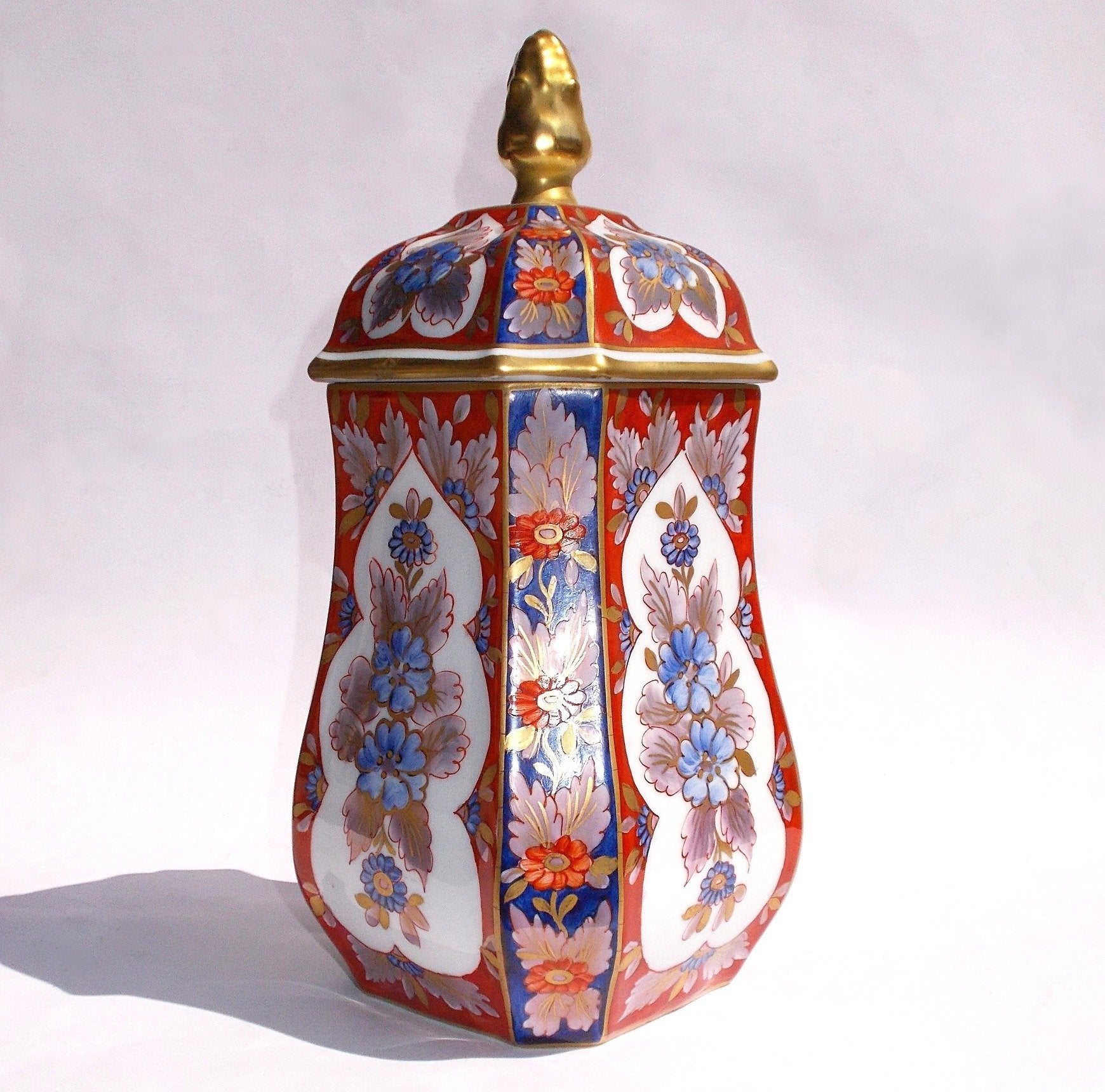
Open Daily 10am - 5pm
12,000sq.ft. of amazing items!
Free and easy parking!

Although largely out of favor with the millennial crowd these days, dining on fine tableware evokes many memories for those of us of the senior classes. We remember our holiday meals when Ma would go into the dining room hutch and break out the rarely seen china. We remember washing a lot of dishes by hand after the big meal. And we recall special gifts – engagements, weddings, and anniversaries in particular – when the weight of the moment required a keepsake beyond just the usual. For many of us, Limoges porcelain was often party to those events, even if less so today. All the same, Limoges is a name that brings back good memories and is well worth a nod in these pages.
To begin with, Limoges is not a brand but rather a place. The city of Limoges is in west-central France and can trace its roots back to the Roman emperor Augustus. The name stemmed from the site’s original tribal occupants and finally came to identify the place around 300 AD. Long known for its embrace of music and the arts, the town’s pivotal moment came in 1768 with the discovery of favorable clay deposits nearby, setting it on a path to porcelain immortality.
Under the direction of a Messr. Turgot, whose connections climbed all the way to King Louis XVI (1754-1793), Limoges soon acquired a royal warrant and began producing porcelain for the Royal Court of France. Other factories followed suit and shortly the name Limoges was no longer synonymous with a single factory but rather identified a range of makers. To this day, many (if not most) makers of Limoges porcelain do not mark their products with a factory name but rather employ a generic mark of “Limoges” or “Limoges, France.”Pieces made for royalty can be identified by a royal crest on the bottom along with a fleur de lys imprint.
Today collectors tend to focus on pieces made before 1930. Economic exigencies during the Depression along with changes in taste prompted Limoges makers to simplify their styles and ornamentation. Nonetheless, almost everything except floral designs are still painted by hand and will be marked “hand-painted” in English or French. Another touchstone of true Limoges is a glaze both under and over the painted surface, adding depth to the imagery along with cost to the manufacturing process. As noted above, many makers utilize only the generic Limoges mark although advanced collectors are adept at identifying specific makers through a number of factors. Lavish dinner services, especially those that can be linked to some dignitary or branch of royalty, can sell for many thousands of dollars.
Overall, however, values for more pedestrian Limoges pieces have come down sharply. It’s a buyer’s market with a huge assortment from which to choose. Categories of Limoges porcelain vary from cracker jars to lamps, figurines to tableware, and desk sets to holiday ornaments. Items with a Royal Limoges mark will generally sell at a premium, and condition and rarity are key to value. Affinity groups and chat rooms abound online, making it easy to get started as a collector or to find out the value of what you already have. Either way, authentic Limoges delivers an old-world quality that grows ever scarcer with the passage of time.





We’ll email you about the latest events, sales, and general store updates.

Our antique gallery is located just south of downtown Palm Springs, with free parking and air conditioning throughout.
Open Daily: 10am – 5pm
505 E Industrial Pl.
Palm Springs, CA 92264
© Copyright Antique Galleries of Palm Springs 2024